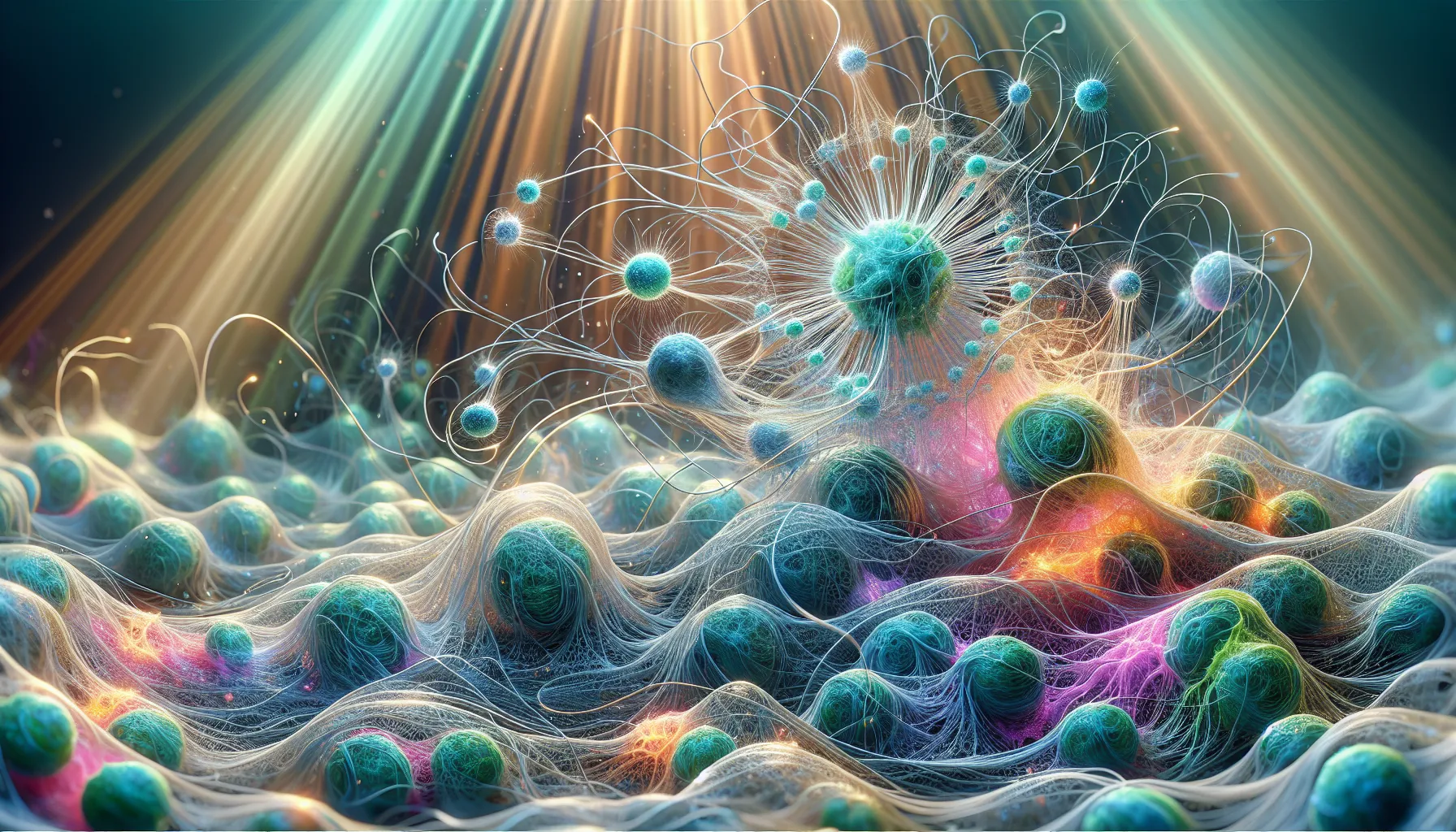The realm of regenerative medicine is akin to exploring uncharted territories, teeming with revolutionary discoveries that have the potential to redefine recovery pathways for spinal cord injuries. Researchers are delving into the remarkable capabilities of stem cells—those versatile building blocks of life that hold the promise of regeneration and repair.
Imagine a world where damage to the spinal cord is met not with a halt to mobility, but with a kaleidoscope of possibilities for tissue regeneration. This isn’t a far-fetched dream but a burgeoning reality in laboratories around the globe. The magic begins with pluripotent stem cells, which have the astounding ability to transform into any cell type needed by the body. When coaxed into forming neural cells, these stem cells could effectively replace damaged neurons and recreate the intricate web of connections crucial for spinal function.
Recent research has illuminated awe-inspiring approaches such as induced pluripotent stem cells (iPSCs), agents of restoration that originate from adult cells reprogrammed back into a versatile state. These iPSCs offer a two-fold advantage: harnessing the body’s own materials and minimizing immune rejection, leading to personalized and highly effective therapies.
In the vast symphony of regenerative advances, bioengineers are composing intricate scaffolds—microscopic architectures that provide a framework for new cell growth. Crafted from materials that mimic the body’s natural environment
Clinical trials and outcomes

Intricate networks of partnerships between scientific ingenuity and clinical exploration have set the stage for pivotal clinical trials aimed at transforming the prognosis for individuals with spinal cord injuries through stem cell therapy. These trials are not mere speculations but are systematically structured endeavors designed to unravel the true potential of these medical advancements.
The landscape of clinical testing is as varied as it is ambitious, with some trials focusing on evaluating the safety and efficacy of embryonic stem cells, while others delve into the promising realm of induced pluripotent stem cells (iPSCs). For patients, this means the dawn of therapies tailored to address their unique physiological needs, potentially reducing the risk of complications like immune rejection. Researchers are constantly analyzing the results to fine-tune protocols, challenging the limits of what’s possible.
One striking example of progress is evident in the trials harnessing neural stem cells, which hold the power to not only replenish lost cells but also to promote intraspinal connectivity. Initial studies have shown improvements in sensory and motor functions, giving hope that full functional recovery could be on the horizon. Meanwhile, the integration of biomaterials such as hydrogel and nanofiber scaffolds in trials offers an added dimension, as these materials facilitate cellular proliferation and differentiation by providing a nurturing environment that mimics the native tissue structure.
Despite their burgeoning potential, each trial is a meticulous process that requires not only scientific precision but also ethical oversight to ensure patient safety. These trials are dynamic entities



